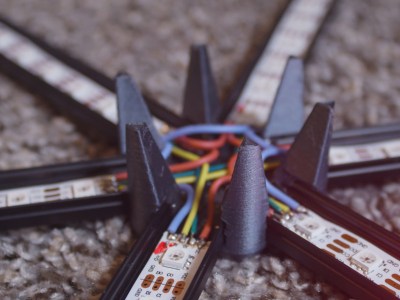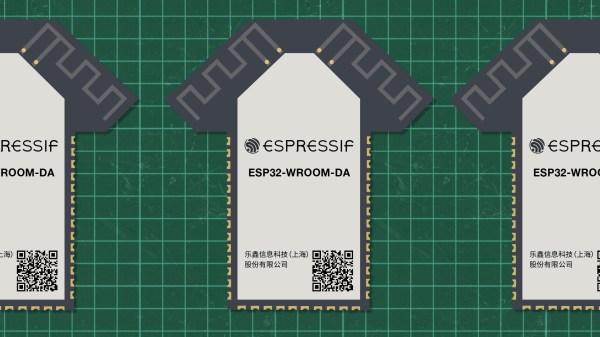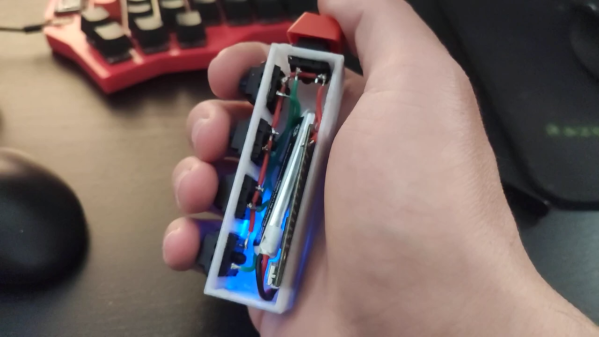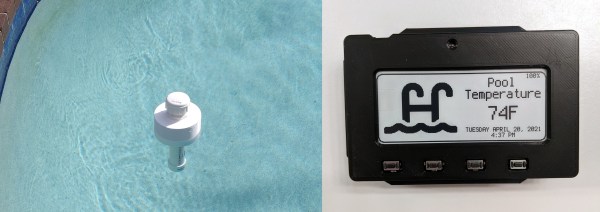It’s true; hackers like clocks. And hackers like useless machines. But would they like an intersection of the two? We’re thinking yes, probably, though we would argue that this QR clock was at no point fully useless. Yes, a QR clock as in, whip out your phone and, ignoring the conveniently-available phone time, open the bar code reader so you can check the time on this thing. So, it’s semi-useless. But at least it doesn’t detect cameras and then hide the QR code. That would be evil.
This project started life as a display piece for the hex wall down at [megardi]’s hackerspace, but, state of the world being what it is, [megardi] hasn’t made it down there yet. And meanwhile this little guy was looking cuter and cuter, so [megardi] decided to make him more useful and freestanding. The ESP32 inside gets the official time from NIST and displays it on the 1.5″ OLED screen. It also has a single alarm now, along with some other non-QR code clock faces that display the time in various ways.
We really like the look of this clock. Honestly, with those uniform tics around the edge, it sort of reminds us of the doomsday clock — you know, the ‘minutes to midnight’ quarter clock face that shows the current perceived threat level of how close we are to destroying the world with the technologies we’ve created. That clock is kind of cute, too, which is a little bit weird considering what it represents.
Speaking of our delicate planet, here’s a gorgeous little Earth clock that casts a shadow on whatever slice of the planet is currently shrouded in darkness.



















